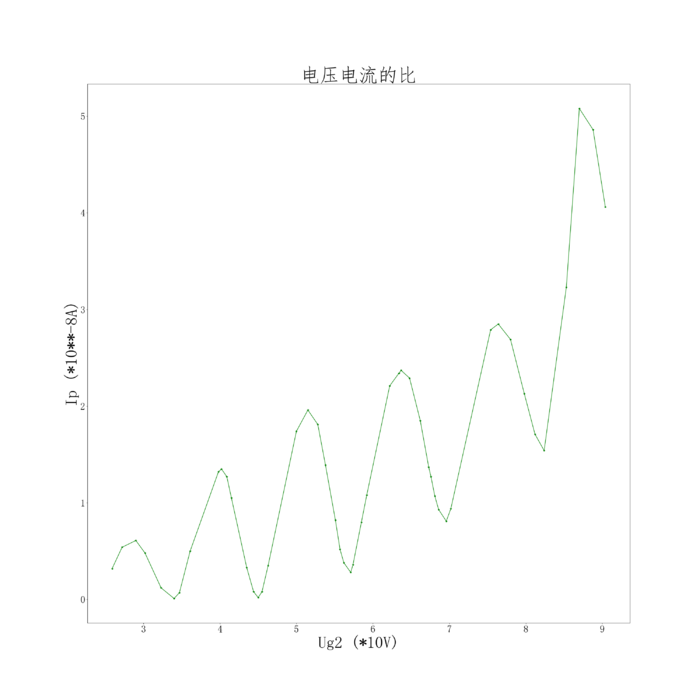如何在Python函数执行前后增加额外的行为
首先来看一个小程序,这个是计量所花费时间的程序,以下是以往的解决示例
from functools import wraps, partial
from time import time
def timing(func=None, frequencies=1):
if func is None:
# print("+None")
return partial(timing, frequencies=frequencies)
# else:
# print("-None")
@wraps(func)
def _wrapper(*args, **kwargs):
start_time = time()
for t in range(frequencies):
result = func(*args, **kwargs)
end_time = time()
print('运行花费时间:{:.6f}s。'.format(end_time-start_time))
return result
return _wrapper
@timing
def run():
l = []
for i in range(5000000):
l.extend([i])
return len(l)
运行如下:
In [4]: run() 运行花费时间:2.383398s。 Out[4]: 5000000
(喜欢刨根问底的可以去掉注释,并思考预计会有什么样的输出)。
今天无意间看到了Python的上下文管理器(Context Manager),发现也非常不错,其实这跟with语句是息息相关的,竟然以前一直未在意。
from time import time
def run2():
l = []
for i in range(5000000):
l.extend([i])
return len(l)
class ElapsedTime():
def __enter__(self):
self.start_time = time()
return self
def __exit__(self, exception_type, exception_value, traceback):
self.end_time = time()
print('运行花费时间:{:.6f}s。'.format(self.end_time - self.start_time))
with ElapsedTime():
run2()
总结
初略看了一点官方文档,上下文管理还是有点多内容的。Python发展到现在,其实不简单了。说简单,只是你自己不够与时俱进,掌握的都是老式三板斧而已。所以,知识需要不断更新,才能弥补自己的盲点,以上就是本文的全部内容,希望能大家的学习或者工作带来一定的帮助。
